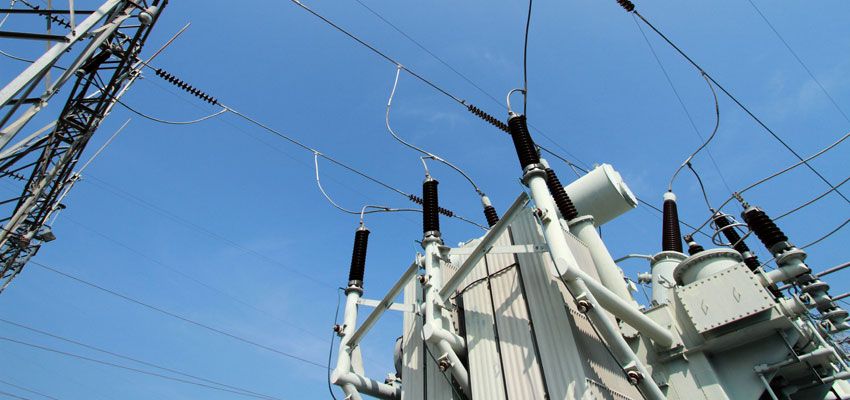What are the common technical parameters of power transformers?

Under the specified operating environment and operating conditions of the transformer, the main technical data are generally marked on the nameplate of the transformer. Mainly include: rated capacity, rated voltage and its tap, rated frequency, winding connection group and rated performance data (impedance voltage, no-load current, no-load loss and load loss) and total weight.
A. Rated capacity (kVA): rated voltage. The capacity that can be delivered during continuous operation at rated current.
B. Rated voltage (kV): The working voltage that the transformer can withstand when it runs for a long time. In order to meet the needs of grid voltage changes, the high-voltage side of the transformer has taps, and the output voltage of the low-voltage side is adjusted by adjusting the number of turns of the high-voltage winding.
C. Rated current (A): The current that the transformer is allowed to pass for a long time under the rated capacity.
D. No-load loss (kW): The active power absorbed when the rated voltage of the rated frequency is applied to the terminals of one winding and the remaining windings are open-circuited. It is related to the performance and manufacturing process of the iron core silicon steel sheet, and the applied voltage.
E. No-load current (%): When the secondary side of the transformer is no-load at rated voltage, the current passing through the primary winding. Generally expressed as a percentage of rated current.
F. Load loss (kW): Short-circuit the secondary winding of the transformer and pass the rated current into the rated tap position of the primary winding, the power consumed by the transformer at this time.
G. Impedance voltage (%): Short-circuit the secondary winding of the transformer, and slowly increase the voltage in the primary winding. When the short-circuit current of the secondary winding is equal to the rated value, the voltage applied to the primary side at this time. Generally expressed as a percentage of rated voltage.
H, phase number and frequency: three-phase beginning with S, single-phase beginning with D. China's national standard frequency f is 50Hz. There are countries with 60Hz abroad (such as the United States).
I. Temperature rise and cooling: The difference between the temperature of the transformer winding or the upper oil temperature and the temperature of the surrounding environment of the transformer is called the temperature rise of the winding or the upper oil surface. The oil-immersed transformer winding temperature rise limit is 65K, and the oil surface temperature rise is 55K. There are also various cooling methods: oil-immersed self-cooling, forced air cooling, water cooling, tube type, chip type, etc.
J. Insulation level: There are insulation grade standards. An example of the representation method of the insulation level is as follows: the insulation level of a transformer with a high-voltage rated voltage of 35kV and a low-voltage rated voltage of 10kV is expressed as LI200AC85/LI75AC35, where LI200 indicates that the high-voltage lightning impulse withstand voltage of the transformer is 200kV, and the power frequency withstand voltage is 200kV. It is 85kV, the low-voltage lightning impulse withstand voltage is 75kV, and the power frequency withstand voltage is 35kV. The insulation level of the current oil-immersed transformer products of Oaks High-Tech Co., Ltd. is LI75AC35, which means that the transformer high-voltage lightning impulse withstand voltage is 75kV, and the power frequency withstand voltage is 75kV. The withstand voltage is 35kV, because the low voltage is 400V, it can be ignored.
K. Connection group label: According to transformer 1. The phase relationship of the secondary winding connects the transformer windings into various combinations, called the connection group of the windings. In order to distinguish different connection groups, the clock notation is often used, that is, the phasor of the high-voltage side line voltage is used as the long needle of the clock, fixed on 12, and the phasor of the low-voltage side line voltage is used as the short needle of the clock. See where the short needle points. A number is used as the label of the connection group. For example, Dyn11 indicates that the primary winding is a (delta) connection, the secondary winding is a (star) connection with a center point, and the group number is (11) points.
Kingrun Transformer Instrument Co.,Ltd.


More Transformer Testers from Kingrun


